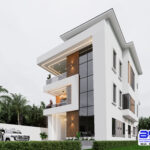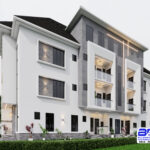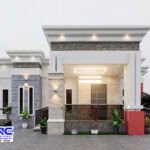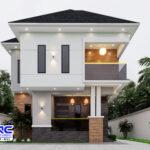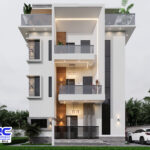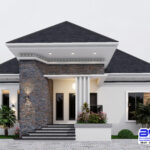When it comes to building strong and durable structures in Nigeria, TMT bars (Thermo-Mechanically Treated bars) are a top choice for reinforcement.
They are widely used in constructing buildings, bridges, roads, and other concrete structures due to their high tensile strength, ductility, and corrosion resistance.
However, not all TMT bars in the Nigerian market meet quality standards, and using substandard bars can put your entire structure at risk.
Table of Contents
ToggleSee related – What are the different types of iron rods used in construction?
So, how can you tell good quality TMT bars in Nigeria? Let’s break it down.
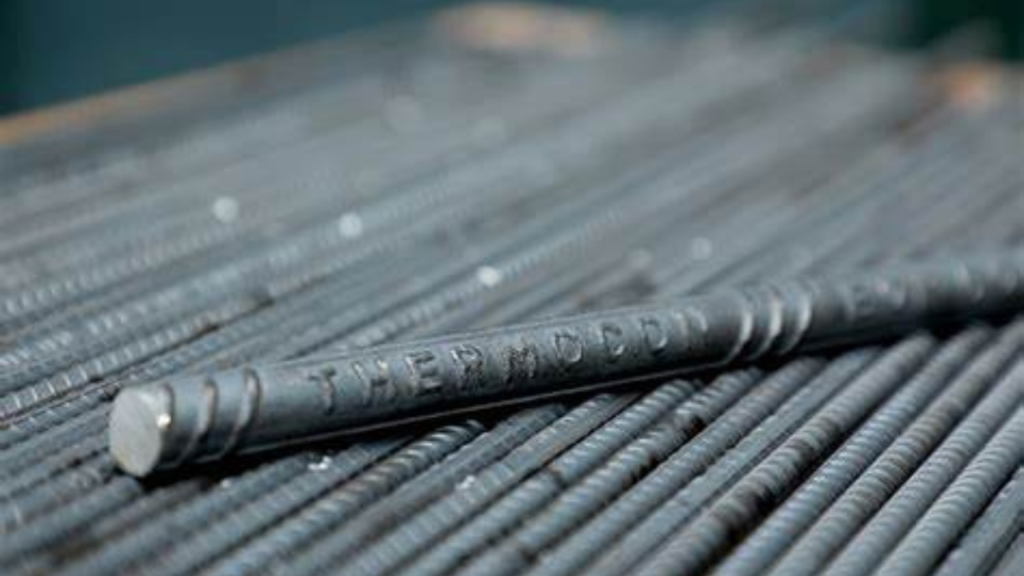
1. Check for Certification and Branding
Reputable TMT bar manufacturers usually engrave their brand name, grade, and size on the bars. Also, look for certifications like:
- SON (Standards Organisation of Nigeria)
- ISO Certification
- Any manufacturer compliance with Nigerian Industrial Standards (NIS)
These markings indicate the bars have passed safety and quality tests.
2. Uniform Ribs and Surface Finish
TMT bars should have uniform ribs (or ridges) running along their length.
These ribs help the bar bond firmly with concrete. Poor-quality TMT bars often have inconsistent or shallow ribs that reduce bonding strength.
Also, check for a clean, rust-free, and smooth surface. A flaky or corroded surface is a red flag and could weaken the concrete’s grip.
3. Bend Test (Ductility)
A simple bend test can help assess the quality of a TMT bar. High-quality TMT bars should bend easily without cracking or breaking, especially at 90 or 180 degrees.
This flexibility is a key feature of good TMT bars.
If the bar cracks or breaks during bending, it’s likely brittle and of poor quality.
4. Spark Test (For Steel Purity)
This is a more technical test often done in workshops. When a TMT bar is cut or grinded, observe the sparks:
- A bright, consistent stream of sparks indicates high purity steel.
- Irregular or dim sparks may suggest impurities or recycled scrap metal.
While this test isn’t commonly done on-site, you can ask your supplier or engineer about it during procurement.
5. Weight and Size Consistency
Measure the diameter and weight of the bar using calipers and scales.
Compare these with standard size-to-weight charts (e.g., a 12mm TMT bar should weigh about 0.89 kg/m).
Undersized bars (less steel content) are a clear sign of poor quality and should be avoided. They may fail under pressure.
6. Ask for a Test Certificate
Every reputable manufacturer or supplier should be able to provide a mill test certificate or chemical/physical test report.
This document shows the chemical composition and mechanical properties of the bar, including:
- Yield Strength
- Ultimate Tensile Strength
- Elongation Percentage
- Carbon Content
These values help engineers confirm the quality of the TMT bars for your project.
7. Source from Trusted Brands and Dealers
Some well-known TMT bar brands in Nigeria include:
- Tiger TMT
- Premier Steel
- African Foundries
- Quantum Steels
- Eastern Steel Mill Products
Buying from a trusted dealer or directly from the manufacturer reduces your chances of receiving fake or substandard products.
Why Quality Matters
Poor-quality TMT bars can lead to:
- Cracks in concrete structures
- Poor bonding with concrete
- Collapse during heavy loads or natural disasters
For safety, durability, and peace of mind, always invest in the right materials especially TMT bars, which form the skeleton of your structure
Conclusion
In Nigeria’s growing construction industry, distinguishing good quality TMT bars from the bad ones is a must for anyone serious about building solid structures.
Always check for branding, perform a bend test, inspect the surface, and buy only from trusted suppliers.
If in doubt, consult a structural engineer or building professional.
Frequently asked questions
How can I check the quality of TMT bars without testing?
Look for brand certification, inspect the surface for imperfections, check the weight, and ensure proper brand marking.
What certifications should I look for in TMT bars?
Ensure the bars have Bureau of Indian Standards (BIS) certification and an ISI mark, which guarantees compliance with safety and quality norms.
How do I assess the strength and ductility of TMT bars?
High-quality TMT bars should balance strength and flexibility to withstand stress and seismic activity.
Check the manufacturer’s specifications and perform on-site strength tests.
What makes TMT bars corrosion-resistant?
Corrosion-resistant TMT bars have a uniform oxide layer, may be epoxy-coated or zinc-coated, and contain chromium and copper, which enhance durability.
How do I verify the consistency and precision of TMT bars?
Inspect bars for consistent diameter, even rib structure, and straightness. Poorly manufactured bars can cause weak points in a structure.


